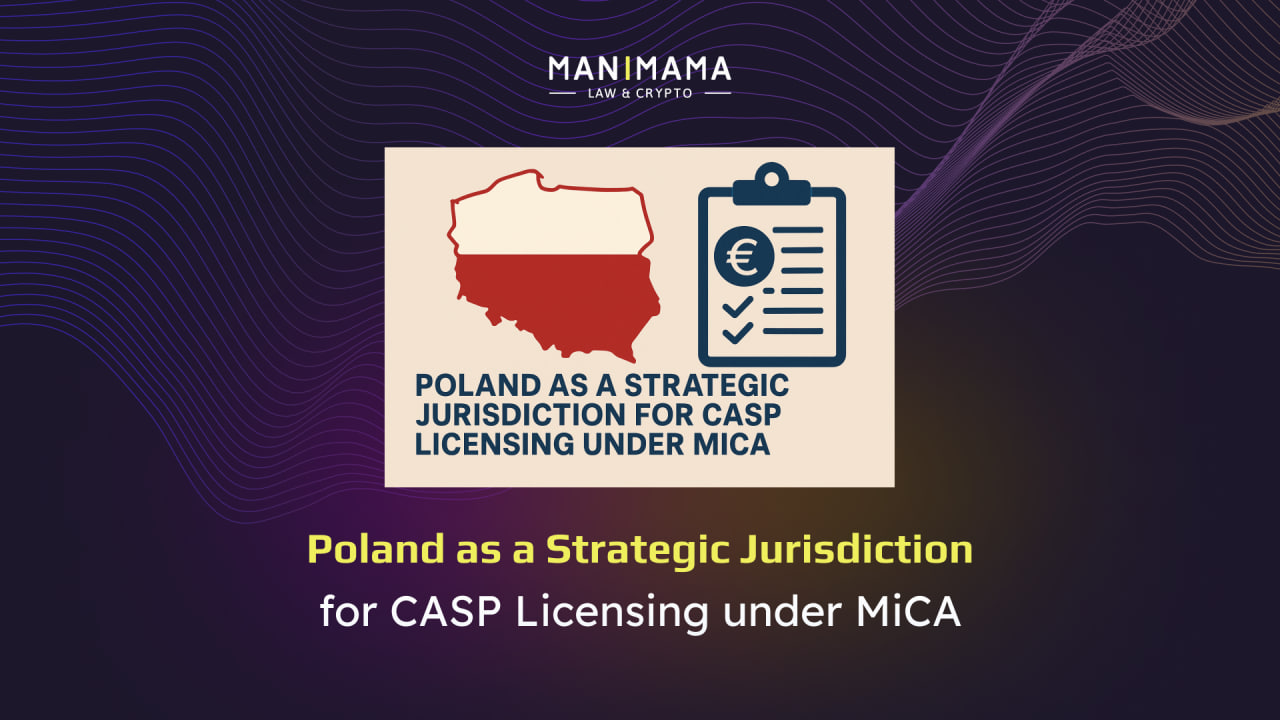Margin trading in the world of cryptocurrencies has long become one of the popular trading tools for a trader.
However, along with the attractive benefits of potentially increasing the working bank, and with that profitability, it also carries risks. Let's try to basically understand the features and key differences between working on the marginal and classic spot markets.
A key difference
To begin with, let’s analyze the basic concepts. Spot trading is the easiest method of working in cryptocurrency markets. Because it literally means buying or selling a commodity (cryptocurrency) for an existing asset. In addition to simplicity, this method has a number of advantages – the main one – the purchased cryptocurrency literally becomes the property of the buyer, who can sell it at any time, regardless of market behavior and price. The absence of liquidation and additional commissions for holding positions allows you to store currency literally according to the “buy and forget” principle. If the market theoretically went in the wrong direction – you can hold positions for an unlimited period, literally “wait out” potential downsides. As testing on historical data shows, “drawbacks” occur in any, even the most perfect, strategy. And the best option in most such cases is the banal option – to “wait out” the downsides, wait for the market to move in the other direction.
However, the downside of the spot is also obvious – purchasing power is limited by available funds. This problem is solved precisely by the margin trading tool. However, you will have to pay for this positive – both literally and figuratively. The price for this is an increased risk of losing the deposit, as well as additional commissions for loans set by the exchange.
Margin trading as an example
The concept of “margin”, from which the name of this instrument is derived, is nothing more than a payment that we make to the broker’s account as collateral for the loan. Let’s analyze an example – The cost of BTC is 30,000 USDT. We deposit the same amount into our margin account. Based on this amount, we can calculate leverage – borrowed funds that we can use to increase the purchased assets. In this example, trading with 3x leverage – the client can “borrow” another 60,000 USDT from the exchange to buy BTC.
In the case of growth, everything is simple – the market grows, the profit increases, the user decides for his own reasons when to “sell” the asset, record his own profit and return borrowed funds to the exchange (not forgetting about fees)
In the case of a market fall: we made an initial collateral amount (margin) of 30,000 USDT, while buying 3 BTC – 2BTC of which for borrowed funds (60,000 USDT). In general terms, it is critically important for the exchange not to incur losses itself. In the case when the price of the amount of purchased BTC approaches the limit, when we can sell them for borrowed funds – a margin call will work. In this example, it is: 60,000 \ 3 = 20,000. This is the liquidation price – when the market approaches it – the exchange will warn the user about the need to increase the margin amount in order to continue holding the position. In the case of non-deposit, the exchange will literally sell the purchased BTC to return its own borrowed money. Therefore, under such schedules, only the user himself will remain in the red, having lost the entire initial collateral amount.
Spot margin trading, unlike futures, which we will consider in the following materials, has its differences. In particular, the absence of the so-called “financing rate” (funding). However, there is such a phenomenon as a loan commission. Taking Binance, the largest exchange to date, as an example – for each variant of the “borrowed” asset there is its own interest rate, which is calculated hourly. Be sure to take this factor into account when trading this instrument, as the client also loses assets by holding positions for a long time. The interest rate for each cryptocurrency varies, usually ranging from 15 to 70% per annum.
When talking about margin trading, the topic of cross-margin and isolated margin tools cannot be ignored. Each of them has its own features related to risk management.
Cross-margin is a way of trading where the entire margin balance can be used to cover the collateral amount of trades. This, of course, allows you to have access to larger trading volumes, but the risk is high, as your entire balance is at risk in the event of negative market movements.
Isolated margin is another approach where you set a separate margin for each trade and essentially only risk that amount. This allows you to manage the level of risk for each position independently of the others, that is, reduce the risk of total losses. This is especially appropriate in the case of opening positions on different markets and different cryptocurrency pairs.
Conclusions
Taking into account all the positive aspects of using the margin trading tool – one should not forget about the risks, the main of which is the complete liquidation of positions. Considering this, in the context of our trading product at Manimama Exchange, we do not use margin instruments in our work, focusing our developments on the spot market. The purpose of investments, in addition to earning in the form of interest, is also the preservation of own assets. A margin trading instrument in its foundation cannot provide this, taking into account all the risks.
It is also not suitable for beginners in trading. Although at first glance an increase in the deposit means an increase in potential profits, in practice the reverse movement of the market, the approach of margin calls adds psychological pressure on the trader, which in most cases leads to erroneous movements, and as a result – to losses.
However, information about the availability of this tool, as well as the ability to use it, is undeniably important. The cryptocurrency market is a thing where unique things often happen in the markets, so for each of them, it is quite likely that new tools are needed to make a profit.
The content of this article is intended to provide a general guide to the subject matter, not to be considered as a legal consultation.
photo source











